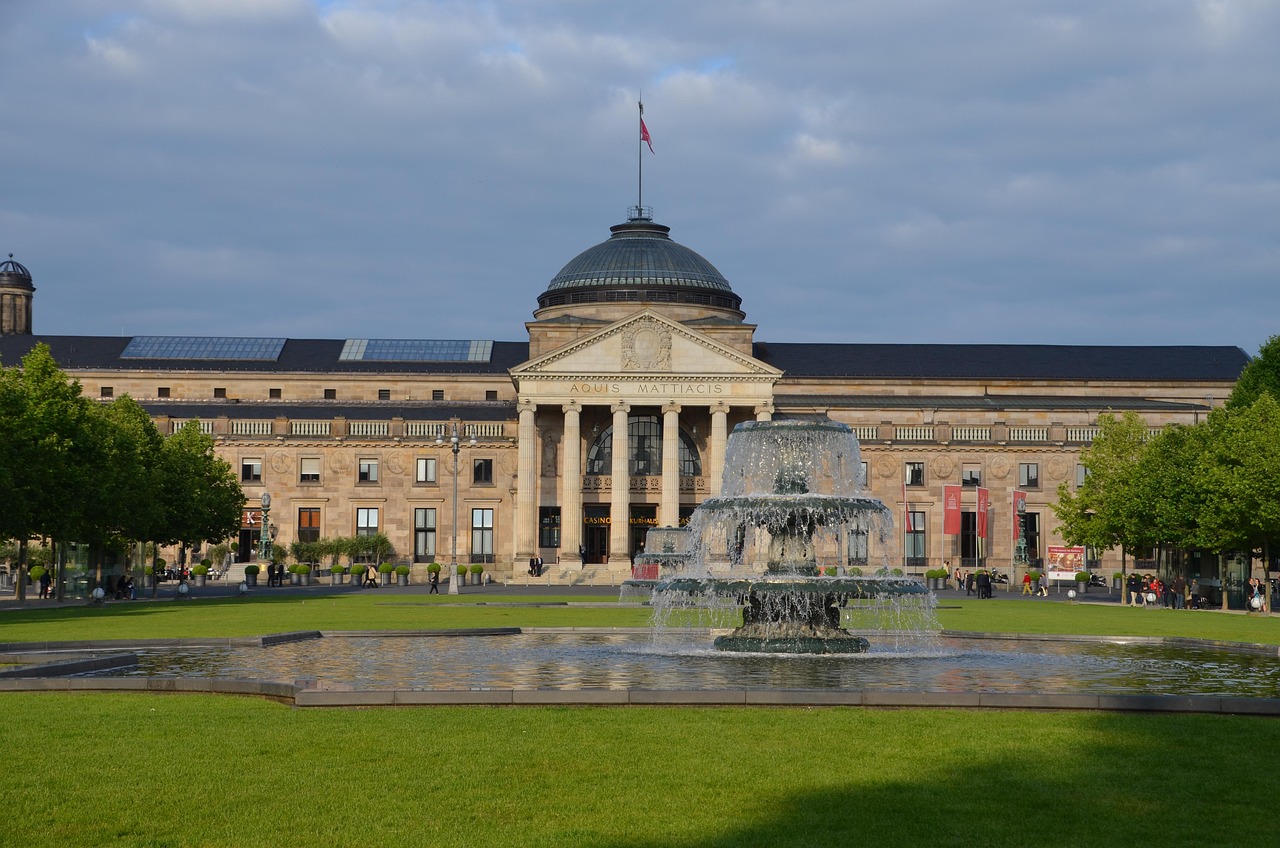Quick Bits:
Wiesbaden is one of the oldest spa towns in Europe, known for its thermal springs and vibrant cultural scene. The city offers historic architecture, lush parks, and a relaxed atmosphere. Located near Frankfurt, it is an accessible travel destination that blends old-world charm with modern sophistication.
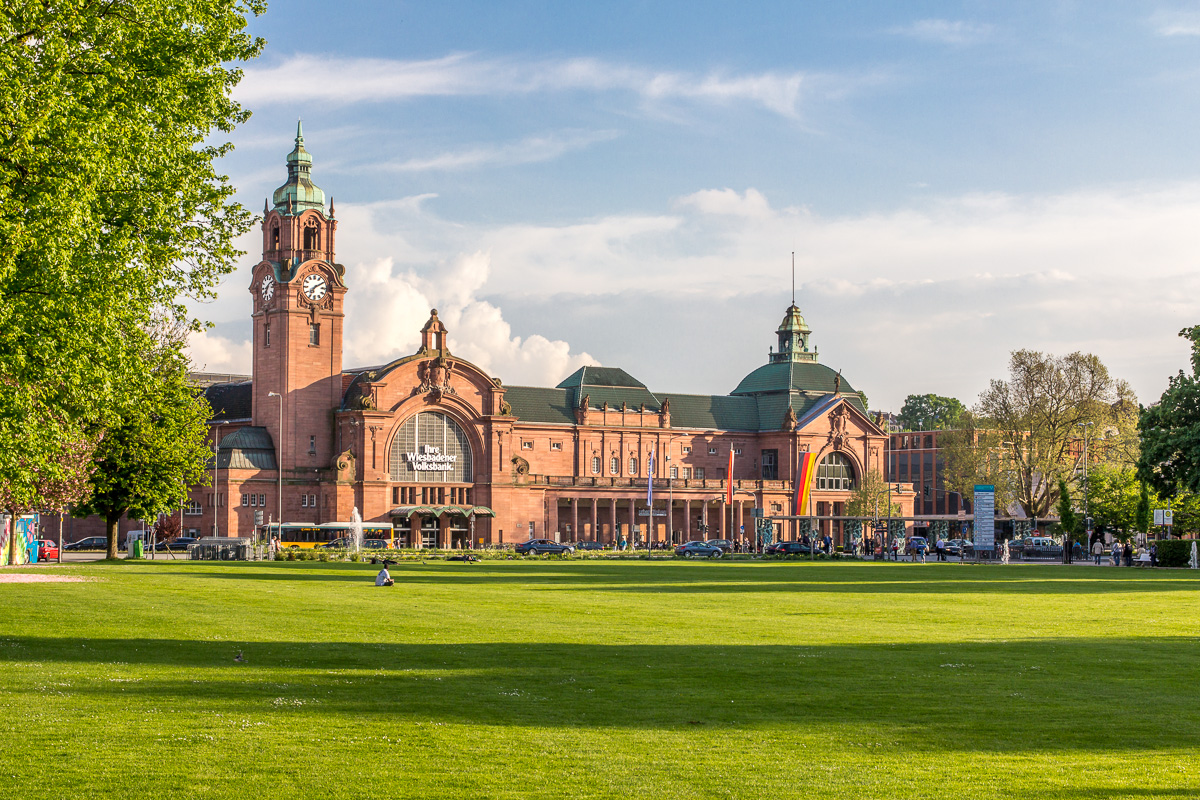
Key Highlights
- Famous for its hot springs, including the Kaiser-Friedrich-Therme.
-
Home to the grand Kurhaus, a historic casino and event venue.
-
Features lush green spaces like Neroberg and Kurpark.
-
Hosts annual cultural events, including the Rheingau Wine Festival.
-
Close to the Rhine Valley, ideal for wine and history lovers.
General Information
Wiesbaden is the capital of Hesse, Germany. It blends old-world charm with modern luxury. The city attracts visitors with its historic bathhouses, impressive architecture, and vibrant cultural life. It sits on the northern bank of the Rhine River, offering picturesque views and easy access to the famous Rheingau wine region.
The city is known for its wellness tourism, dating back to Roman times. The combination of thermal springs, elegant streets, and high-end shopping creates a sophisticated atmosphere. Travelers come to relax, explore, and enjoy local food and wine.
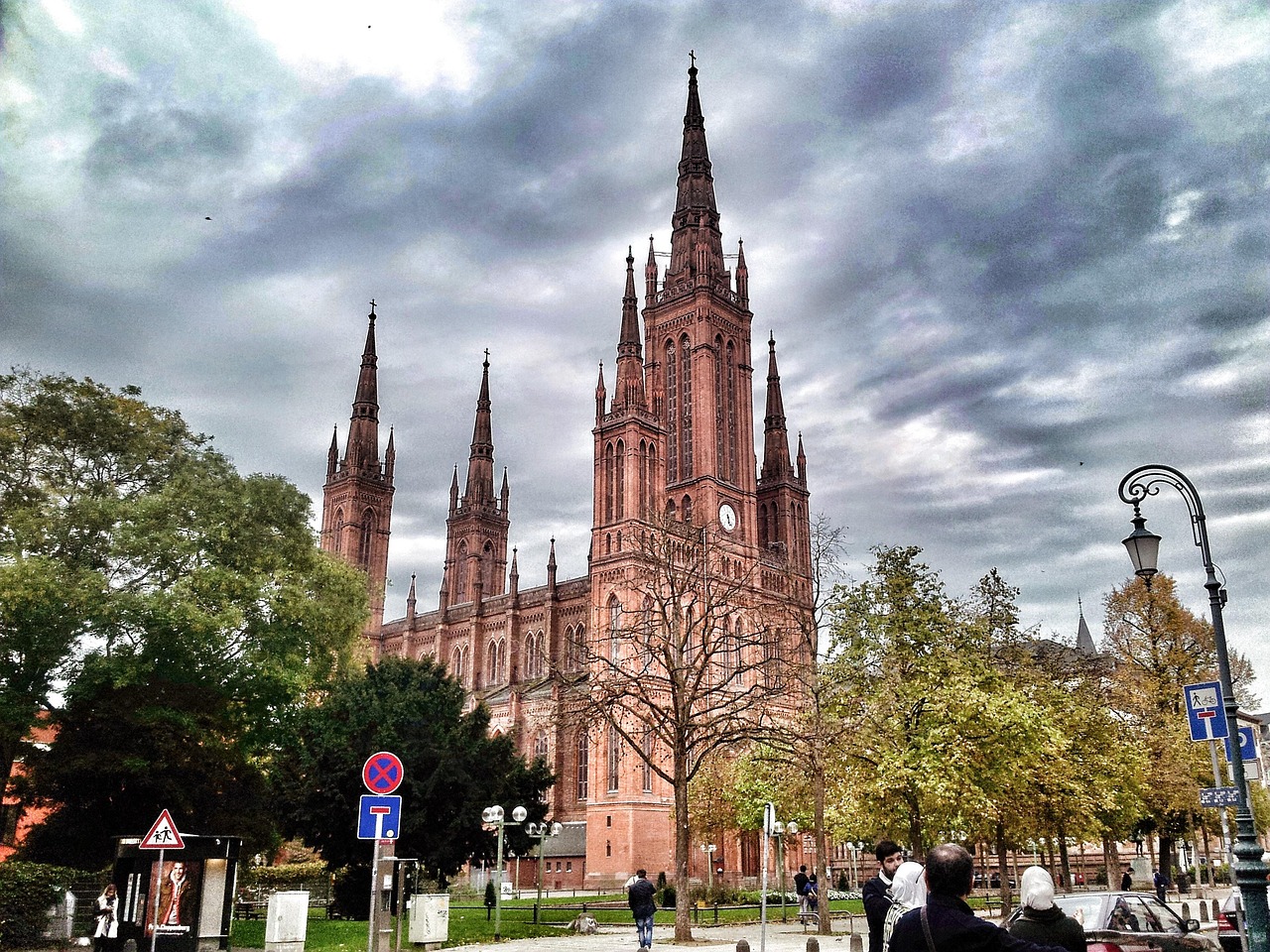
Geography Information
Wiesbaden lies in southwest Germany, bordered by the Taunus Mountains to the north and the Rhine River to the south. Its location gives it a mild climate, with warm summers and cool winters. The cityscape features historic buildings, leafy avenues, and open plazas.
Its proximity to Frankfurt makes it an easy day trip or a perfect stop on a European tour. The city’s layout is pedestrian-friendly, with many attractions within walking distance. Green spaces and river views enhance the city’s peaceful character.
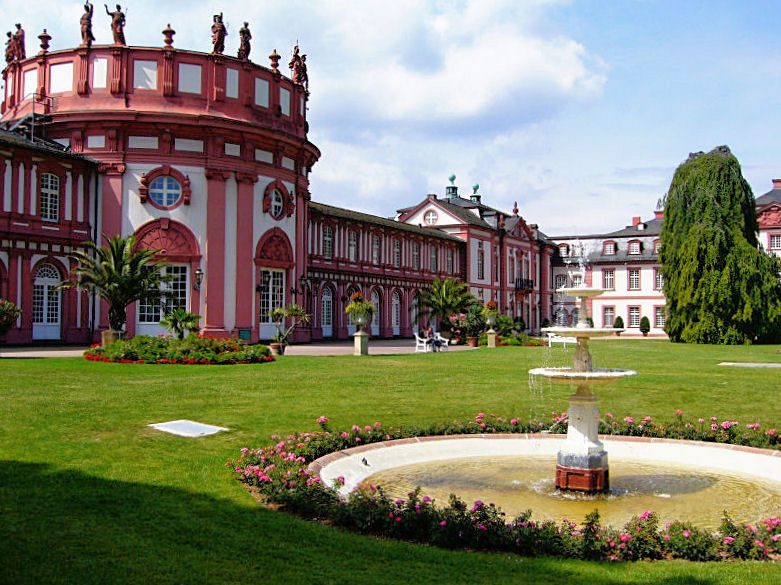
Places to Visit
-
Kurhaus and Casino – This grand building is a mix of history, luxury, and entertainment. The casino has been in operation since the 19th century, drawing visitors from around the world.
-
Kaiser-Friedrich-Therme – A stunning Art Nouveau bathhouse built over natural hot springs. Perfect for relaxation and wellness.
-
Neroberg – A hill offering panoramic views of the city. The Nerobergbahn, a historic water-powered railway, takes visitors up to the top.
-
Marktkirche – A striking red-brick church that stands as the tallest building in Wiesbaden. Its neo-Gothic design makes it a must-see.
-
Schloss Biebrich – A baroque palace on the banks of the Rhine, once the residence of the Dukes of Nassau.
-
Rheingau Wine Region – A short drive from the city, this area is famous for producing world-class Riesling wines. Vineyards and charming villages dot the landscape.

Yearly Climate
-
Winter (December – February): Cool temperatures with occasional snowfall. Perfect for visiting bathhouses and enjoying festive markets.
-
Spring (March – May): Mild and pleasant with blooming flowers. A great time to explore parks and vineyards.
-
Summer (June – August): Warm but not too hot. Outdoor festivals, wine tastings, and river cruises are popular.
-
Autumn (September – November): Crisp air and colorful foliage. Ideal for hiking and wine harvest celebrations.
Best Time of Year to Visit
The best time to visit Wiesbaden depends on the experience you seek. Spring and autumn offer mild temperatures and scenic beauty, making them ideal for sightseeing and wine tours. Summer is perfect for outdoor events, while winter brings festive charm with Christmas markets and cozy spa visits.
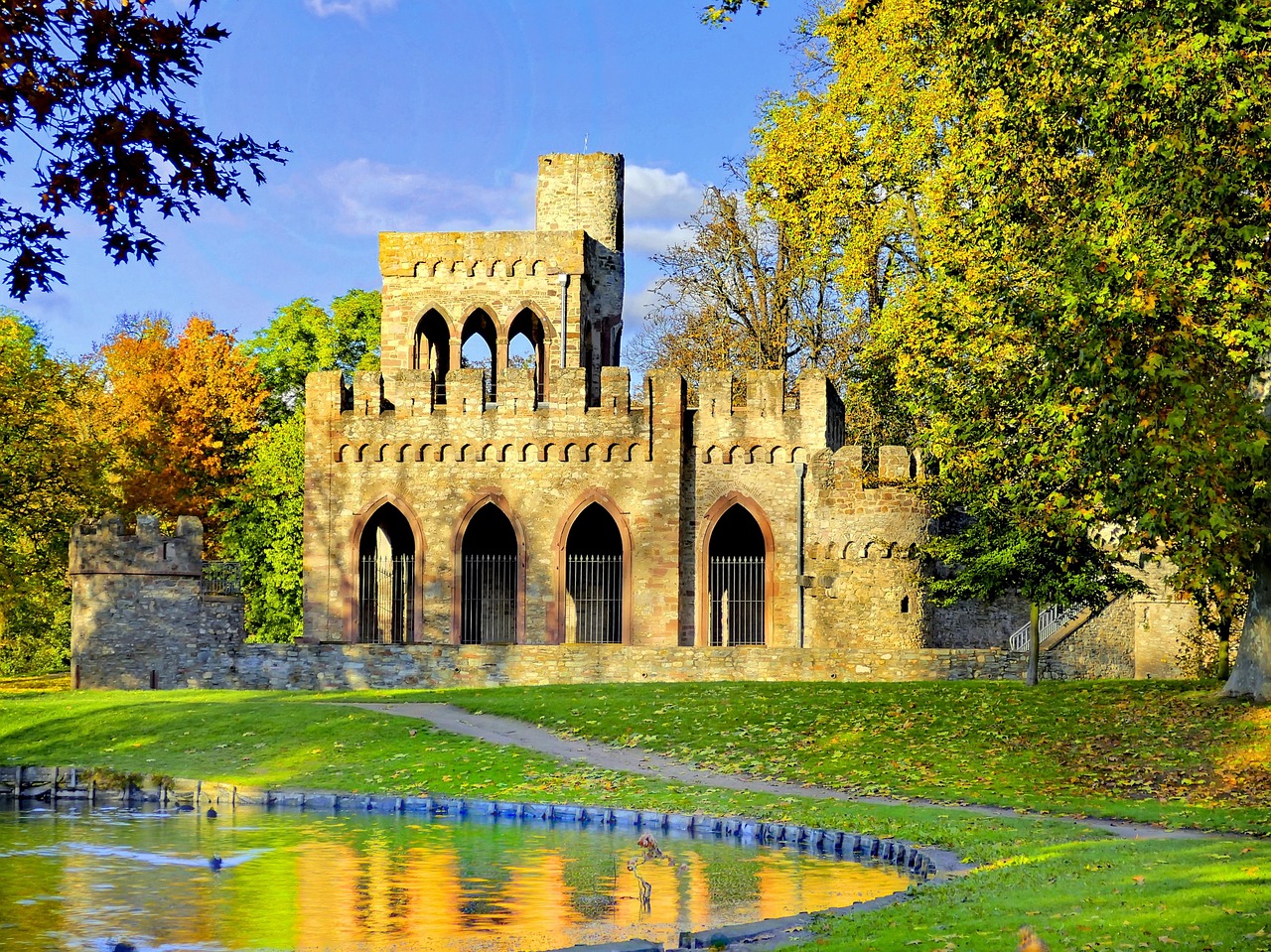
In Summary…
Wiesbaden is a city of elegance, wellness, and history. From its famous hot springs to its grand architecture, it offers a unique blend of relaxation and culture. Whether exploring the vineyards of Rheingau, taking in the views from Neroberg, or enjoying the luxury of Kurhaus, there is something for everyone. With a mild climate and events throughout the year, Wiesbaden is a destination worth experiencing.

